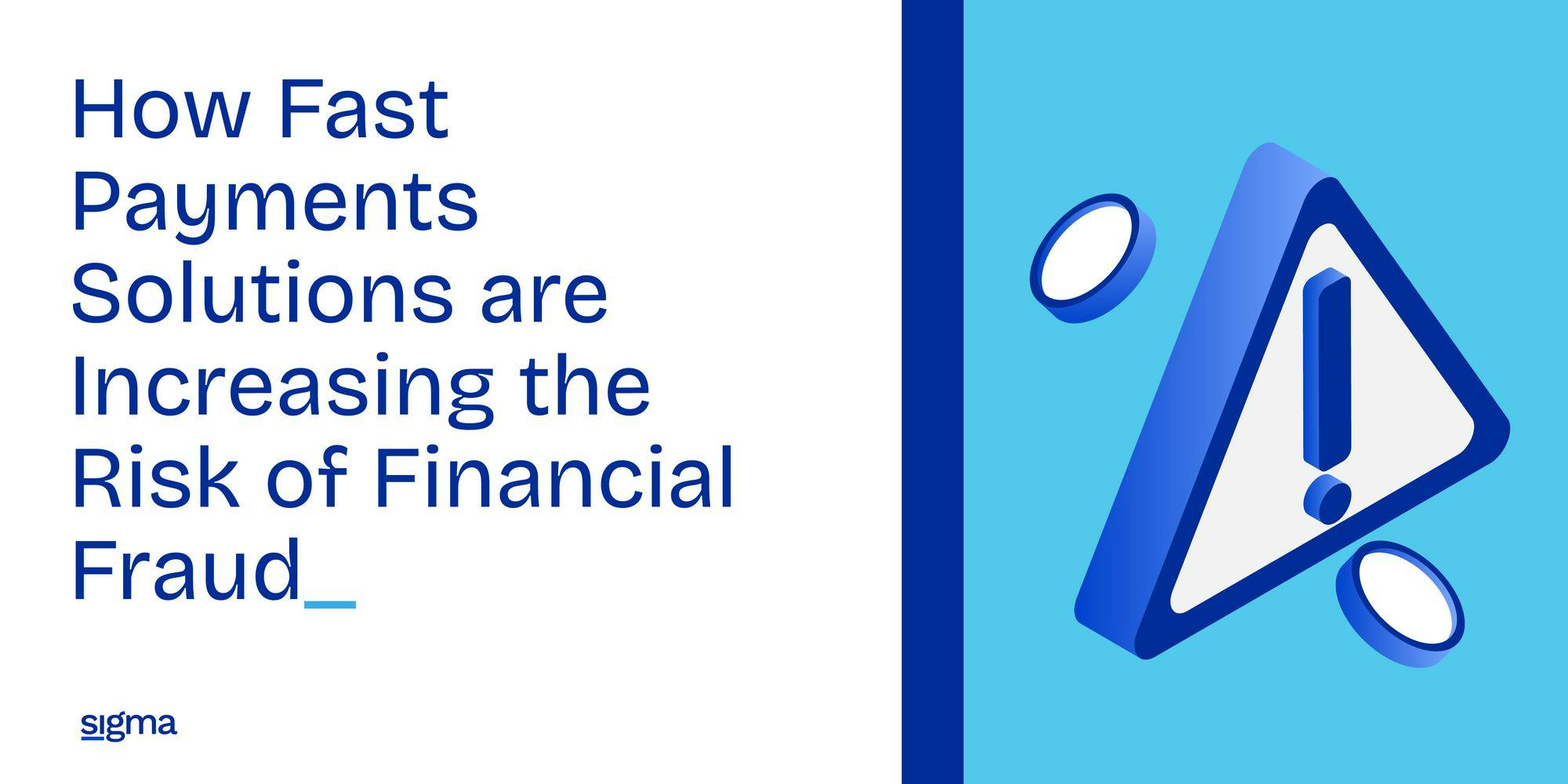
What are fast payments?
Well… Here's the technical jargon, "Faster payments are electronic fund transfer systems designed to enable near-instantaneous movement of money between accounts."
In English, these systems allow you to complete financial transactions as soon as you hit send.
Cool right? But that’s not all they’re supercharging.
Thanks to instant payments, financial fraud is getting a turbo boost.
This spells certain doom for individuals and businesses, as it means that while they are able to access instant payments and split second money transfers to supercharge their transactions, they may have to contend with cybercriminals exploiting the same benefits.
Already, cybercriminals are jumping on the exciting prospects.

Several cases indicate the steep rise in fraud cases linked to faster payment systems. In the United States alone, Zelle, a popular mobile P2P payment platform, saw a 280% increase in fraud value between 2020 and 2022. But Zelle isn't the only one facing fraud challenges.
In the UK, Faster Payments Service (FPS) is another system grappling with fraud, resulting in exploring plans to slow down the transactions in order to combat APP fraud. Unlike traditional payments with built-in buffers for fraud checks, FPS prioritizes speed, potentially creating windows for fraudsters to exploit vulnerabilities. This speed, coupled with the fact that FPS transactions are basically irreversible, makes them attractive to criminals.

By now, you certainly see the adverse effects of the risk of faster payments, but you might be wondering, how exactly are faster payments greasing the wheels for fraudsters? How does it affect my business?
We'll show you.
Speed Trumps Security:
Faster doesn’t always mean better. In this case, it certainly doesn’t mean safer.
Why?
Well… Traditional payment systems have built-in buffers for fraud detection. Faster payments, however, often prioritize speed over security, giving fraudsters a window to exploit vulnerabilities before red flags are raised.
In essence, by the time suspicions are raised, your business is already at a loss or worse, your customers.
Always-On Fraud
Let’s say your fast payment system has some level of surveillance. Say, for instance, a team of cybersecurity experts monitoring the transactions and putting checks in place.
While that offers an extra layer of security, it has an inherent gap – The human factor.
As much as you’d love to boast of round-the-clock surveillance and monitoring by an expert team, all it takes to miss a fraudulent transaction on an FPS is a second.
Considering that Faster payments operate 24/7, this grants fraudsters greater flexibility to strike when security teams are less vigilant, such as on weekends or holidays. However, with AI solutions offering real-time fraud detection, this risk is mitigated.
Irreversible Transactions:
Unlike credit cards, where chargebacks are possible, faster payments are typically final. This irreversibility makes them attractive for fraudulent activities, as recovering stolen funds becomes a difficult battle.
For instance, a recent case involved a company that fell victim to an invoice redirection scam. Fraudsters intercepted legitimate communication between the company and a vendor, then diverted a payment via FPS to their account. This resulted in the company losing a significant sum due to the irreversible nature of the FPS transaction.
Quite scary if you ask us.
Evolving Fraud Tactics:
In the world of cyber fraud, change is constant and fraudsters are chameleons.
This means that fraudsters are constantly innovating, and exploring loopholes to scam their victims of the next dollar. Examples include social engineering scams, where fraudsters trick victims into divulging personal or financial information, which is fast becoming a common tactic.
Synthetic identity theft, where criminals combine real and fabricated data to create fake identities for fraudulent purposes, is another growing threat. Also, account takeovers, where fraudsters gain unauthorized access to legitimate accounts, are on the rise.
Is there a Solution?
We'd be asking that same question if we didn't already have a solution.
This means that while these challenges may seem daunting, there are ways to mitigate them. Your business can leverage AI-powered financial intelligence solutions for B2B payments, like Sigma, which lets you access a suite of Enterprise AI solutions specifically tailored to protect your business from financial fraud with solutions like real-time fraud detection, intelligent credit risk assessment, and user risk examination.

Sigma's suite of tools can sift through vast amounts of data to identify suspicious patterns and prevent fraudulent transactions before they occur, empowering you to make informed decisions, safeguard your finances, and stay ahead of the curve.
By adopting a comprehensive fraud prevention strategy that incorporates solutions like Sigma, businesses can embrace the convenience of faster payments without compromising security.
Relieving, right?
After all, a robust financial ecosystem is essential for fostering trust and ensuring the smooth flow of commerce in today's digital age.
The question is, is your business equipped to handle the evolving threat landscape of faster payments? Contact us today to learn more about how Sigma can help.

